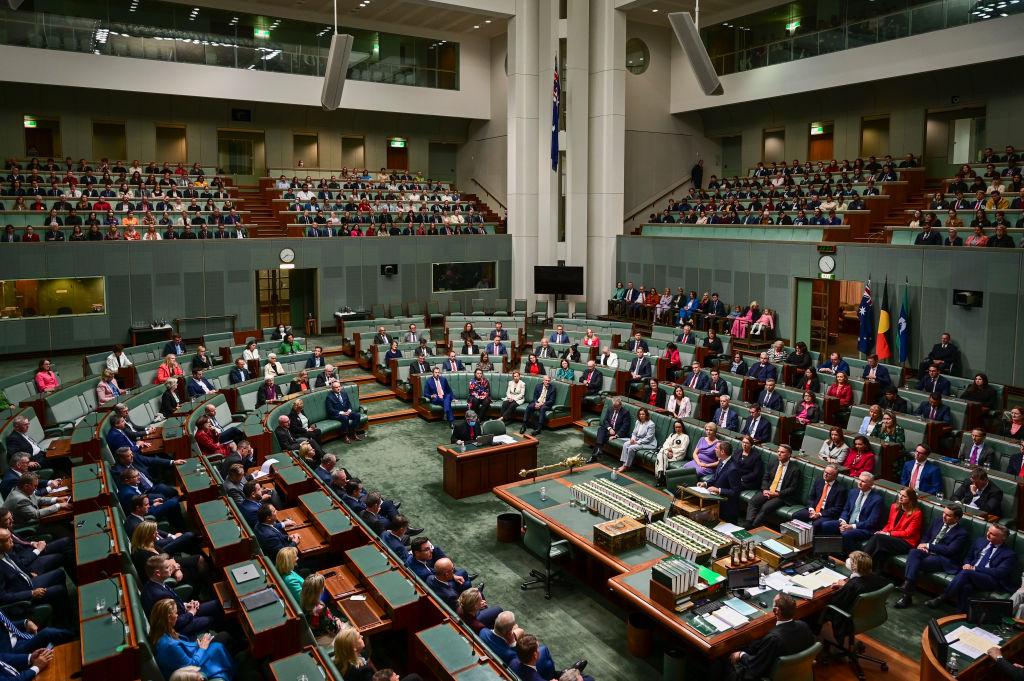A new parliamentary report has suggested the need for more MPs in Parliament due to a growing demand for representation as the population increases.
The committee for the Inquiry into the 2022 Federal Election has, in its findings, recommended an increase in the size of both houses of Parliament to reduce malapportionment and improve the ratio of electors to MPs.





